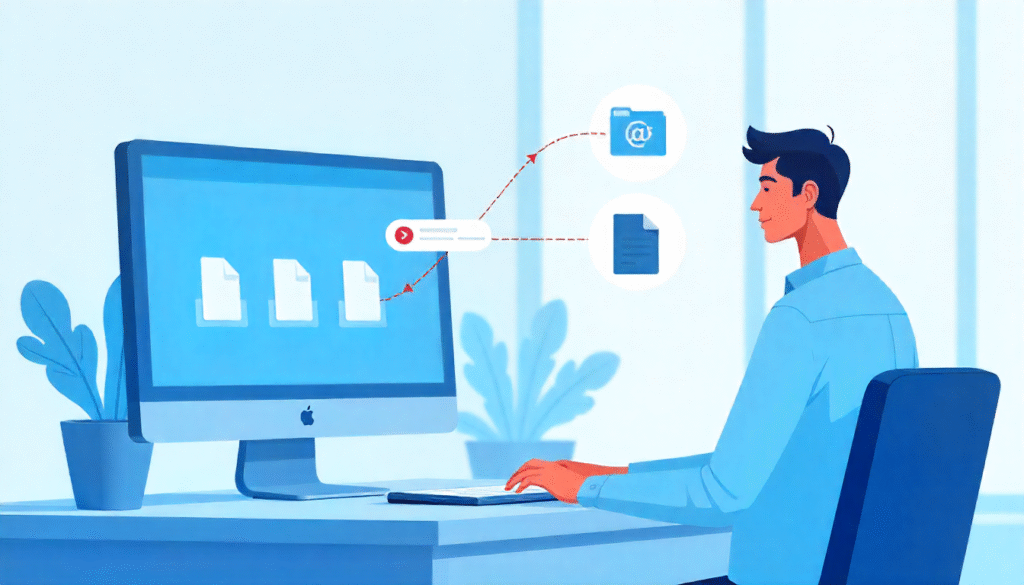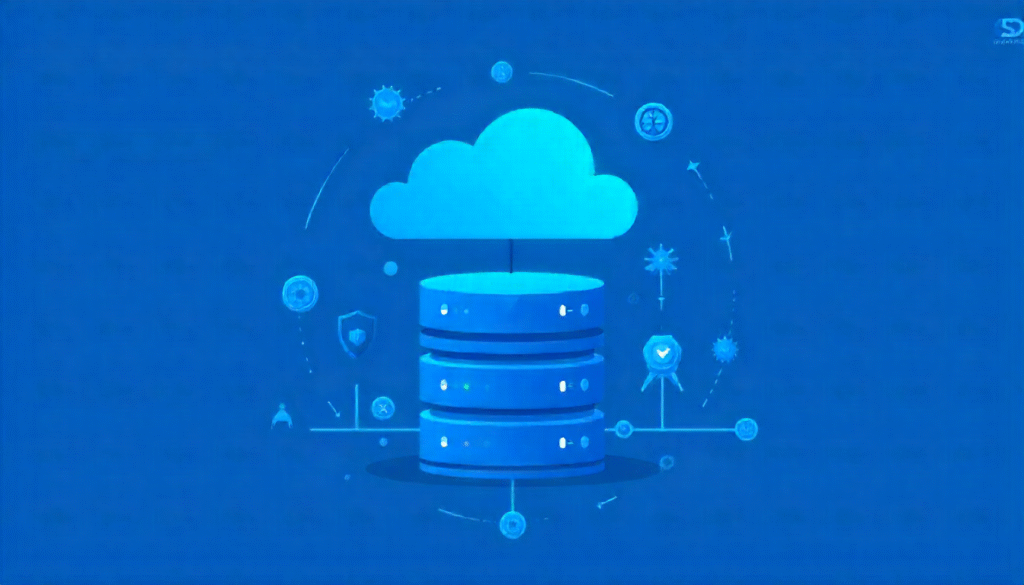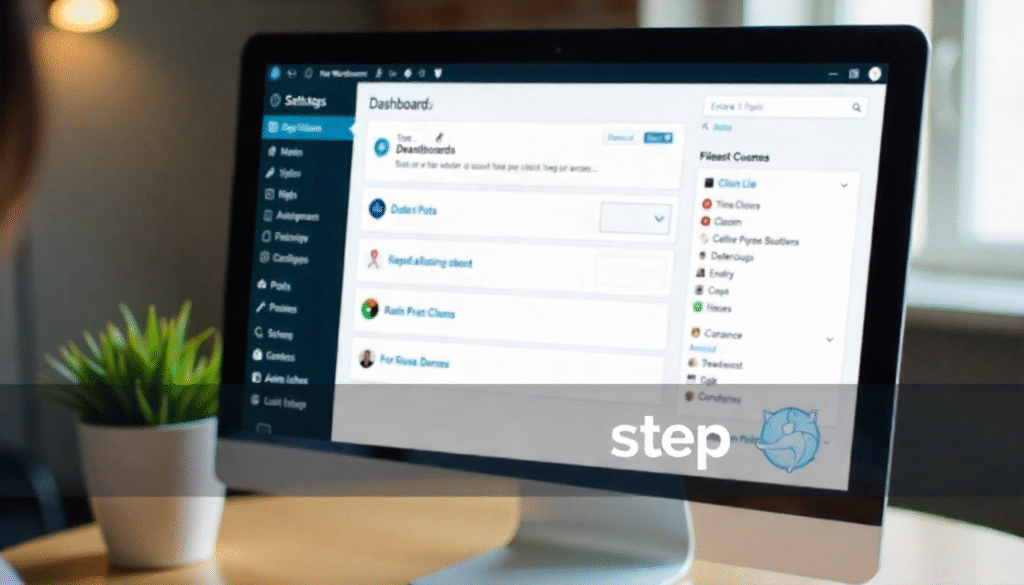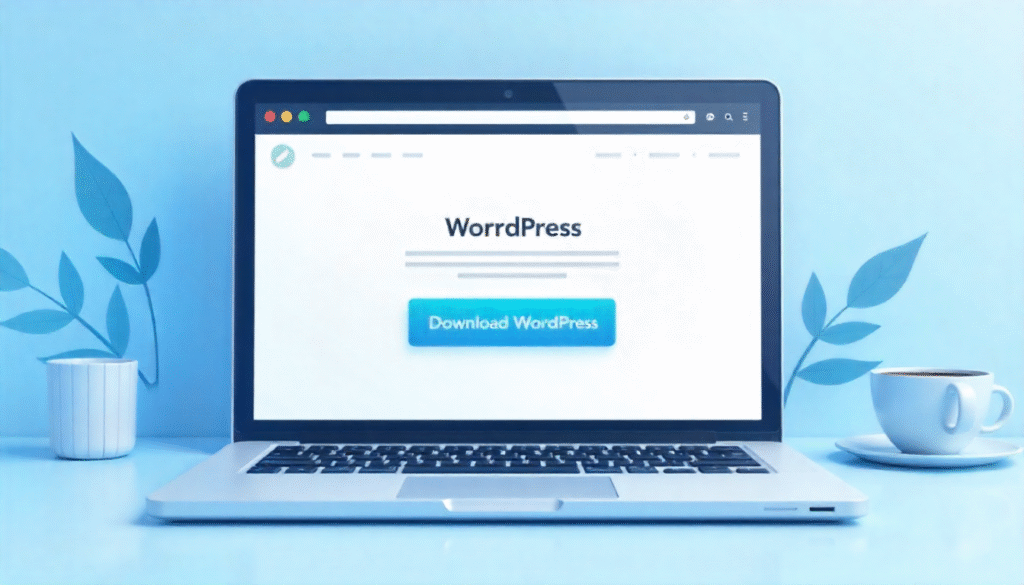If you have a domain and hosting ready, now you want to know how to install WordPress in website. This guide is easy, clean, and made for you. You will follow step by step and see your website alive with WordPress.
This guide has a table to show key settings. Then each step is clear. After that, we share tips and fixes so you face no trouble. For more insights on startup tech and digital growth, explore the Rteetech homepage.
What is WordPress and why use it

WordPress is a simple and powerful platform that helps you build a website without needing to know coding or technical skills. It is free, open-source, and trusted by millions of people around the world from small business owners and bloggers to big companies.
You can use WordPress to create any kind of website, like a blog, online store, business site or portfolio. One of the main reasons people love WordPress is its ease of use.
You can install it quickly, choose from thousands of free or premium themes to design your site, and add extra features using plugins all with just a few clicks. Everything is managed from a clean and friendly dashboard, so even beginners can make updates and add new content easily.
Another big reason to use WordPress is flexibility. It grows with you. If you start small and later want to expand, add an online shop, booking system, or membership area you can do that anytime. Plus, WordPress is search-engine friendly, meaning your site can rank higher on google when you publish good content.
WordPress also has a huge community of users and developers who share tutorials, plugins, and themes. If you ever face a problem, you will always find help online. It is secure, regularly updated, and supported by most web hosting providers.In short, WordPress makes building a professional website easy, affordable, and fun.
Whether you are a beginner or a business owner, WordPress gives you full control to create the site you want quickly and confidently. That is why you want to know how to install WordPress in website.
Before you begin: what you need
Before you install WordPress, make sure you have:
| Requirement | Why it matters |
| Domain name | So visitors find your site (e.g. yoursite.com) |
| Hosting account | To store WordPress files and show your site |
| FTP or File Manager access | To upload WordPress files to server |
| MySQL database (name, user, password) | WordPress stores content here |
| PHP version support | WordPress needs PHP version 7.4 or higher |
If you have all of the above, you are ready. If not, ask your host to help you with database or PHP version support.
Step-by-Step How to install WordPress in website
Follow these simple steps to set up WordPress easily on your hosting and start building your website in just a few minutes.
Step 1: Download WordPress package
Go to the official WordPress site and download the latest version. You will get a ZIP file. Unzip it on your computer. You will find many files and folders (wp-content, wp-admin, etc.). You will use these to upload to your server.
Step 2: Upload WordPress files to server
You need to move these files into your hosting space. Use one of these:
- FTP client (like FileZilla)
- File manager in your hosting control panel (cPanel, Plesk, etc.)
Upload all files inside the WordPress folder into your site root (often public_html) or into a subfolder if you want WordPress in a folder (like yoursite.com/blog). Make sure all files go to the correct folder.
Step 3: Create MySQL database and user
WordPress needs database access. So log into your hosting panel and find “MySQL Databases” tool. Then:
- Create a new database name (such as wp_site)
- Create a database user (e.g., wp_user) with a strong password
- Link that user to the database and grant all privileges
- Note the database host (often localhost)
You now have 4 details: database name, user, password, and host.
Step 4: Start the WordPress installer (Setup Wizard)
Open your browser and go to your domain or folder where you uploaded WordPress. For example: yoursite.com or yoursite.com/blog. WordPress setup page appears and asks for your database details.
Enter:
- Database name
- Database user
- Password
- Database host
- Table prefix (you can leave default wp_ or change it)
Click Submit. Then WordPress checks the connection. If all is correct, you click Run the install.
Step 5: Add site details and admin user
On next screen, WordPress asks for:
- Site title
- Admin username
- Strong password
- Admin email
- Option to discourage search engines (you can skip or check later)
After filling, click Install WordPress. The system will finish installing and show success. You get a link to log in.
Step 6: Login into WordPress dashboard
Go to yoursite.com/wp-login.php or yoursite.com/blog/wp-login.php. Use your admin username and password. Now you reach the dashboard (the backend). From here, you can control site look, content, features.
Step 7: Basic setup after login
Once in dashboard, do these steps to get your site ready:
- Change settings → Permalinks to “Post Name”
- Go to Settings → General to check site title, tagline
- Set timezone
- Delete default blog post (“Hello World”)
- Choose if homepage is blog page or a static page
- Install a theme
- Add essential plugins (security, backup)
These make your site clean and ready.
Common errors and how to fix

You may run into errors while you how to install WordPress in website. Below is a table with common issues and fixes.
| Error message or symptom | Possible cause | Quick fix |
| Error establishing database connection | Wrong DB name, user or password | Recheck credentials, correct host |
| Blank white screen | Memory limit or plugin conflict | Increase PHP memory or disable plugins |
| 404 on login or pages | Files in wrong folder or permalinks issue | Move files to correct directory, reset permalinks |
| File upload fails | Permissions issue or PHP limits | Change file permissions (755/644) or raise upload limit |
| Theme broken or missing styles | Theme not compatible | Switch to default theme, check version |
| “Cannot write to config file” | File permissions | Make wp-config.php writable temporarily |
| “Headers already sent” | Extra whitespace in files | Remove whitespace before <?php or after ?> |
If any error happens, read what WordPress says, then check settings and retry.
One-click installers and alternate methods
If you do not want a manual install, many hosts provide one-click installers like Softaculous, Fantastico, or the auto WordPress install tool.
You just enter the site name, admin user, and it installs WordPress automatically. This is the easiest way for many beginners. Another way is to use SSH and WP-CLI (command line). That is faster but needs more technical skill.
These alternate methods help you skip manual upload and database steps, but manual method is core and helps you understand.
SEO, speed, security after install
To make your WordPress site strong:
- Install SEO plugin (Yoast, Rank Math)
- Generate sitemap and submit to search engines
- Add caching plugin (e.g. W3 Total Cache)
- Optimize images (compress before upload)
- Enable SSL (HTTPS) for security
- Use security plugin (Wordfence, iThemes)
- Limit login attempts or use two-factor login
- Keep WordPress core, theme, and plugins updated
- Use strong admin password
These steps help your site rank and stay safe.
Why this guide works for you

This guide on how to install WordPress in website uses simple language, clear steps, and avoids complex jargon. Many other guides mix advanced topics early, making beginners confused. Here, core steps come first; add extras later.
Also, the table helps you see issues fast. You do not waste time reading long text. Competitor articles often use heavy terms, skip clear directions, or assume you know hosting basics. This guide stays simple and friendly.
Final Thoughts
Installing WordPress on your site is not hard when you follow clear and simple steps. With domain, hosting, upload, database, installer, and basic settings done, your WordPress site is live. After that, you improve SEO, speed, and security.
You now know how to install WordPress in website in a clean and user-friendly way. If you face any trouble or want next steps (themes, plugins, customization), just ask. I will help. learn more about our SEO for business growth strategies instead of just “Rteetech LCC”.
FAQs
Do I need to pay for WordPress?
No, WordPress is completely free and open-source, but you’ll need to pay for hosting and a domain name.
Can I install WordPress on free hosting?
Yes, you can, but free hosting often limits speed, storage, and features compared to paid plans.
Is database creation always manual?
Not always; many hosting providers create the database automatically during one-click installation.
How secure is WordPress after install?
WordPress is secure, but adding SSL and security plugins keeps your website safer from threats.
Can I change admin username later?
Yes, just create a new admin account, log in, and delete the old one easily.
Do I need FTP?
Yes, you’ll need FTP or File Manager to upload, move, or edit your WordPress files on the server.
Will my site slow down?
It can if you use heavy plugins or large images, so always enable caching and optimize content.
Can I move WordPress to another host?
Yes, you can migrate it by moving files, exporting the database, and updating the configuration.



